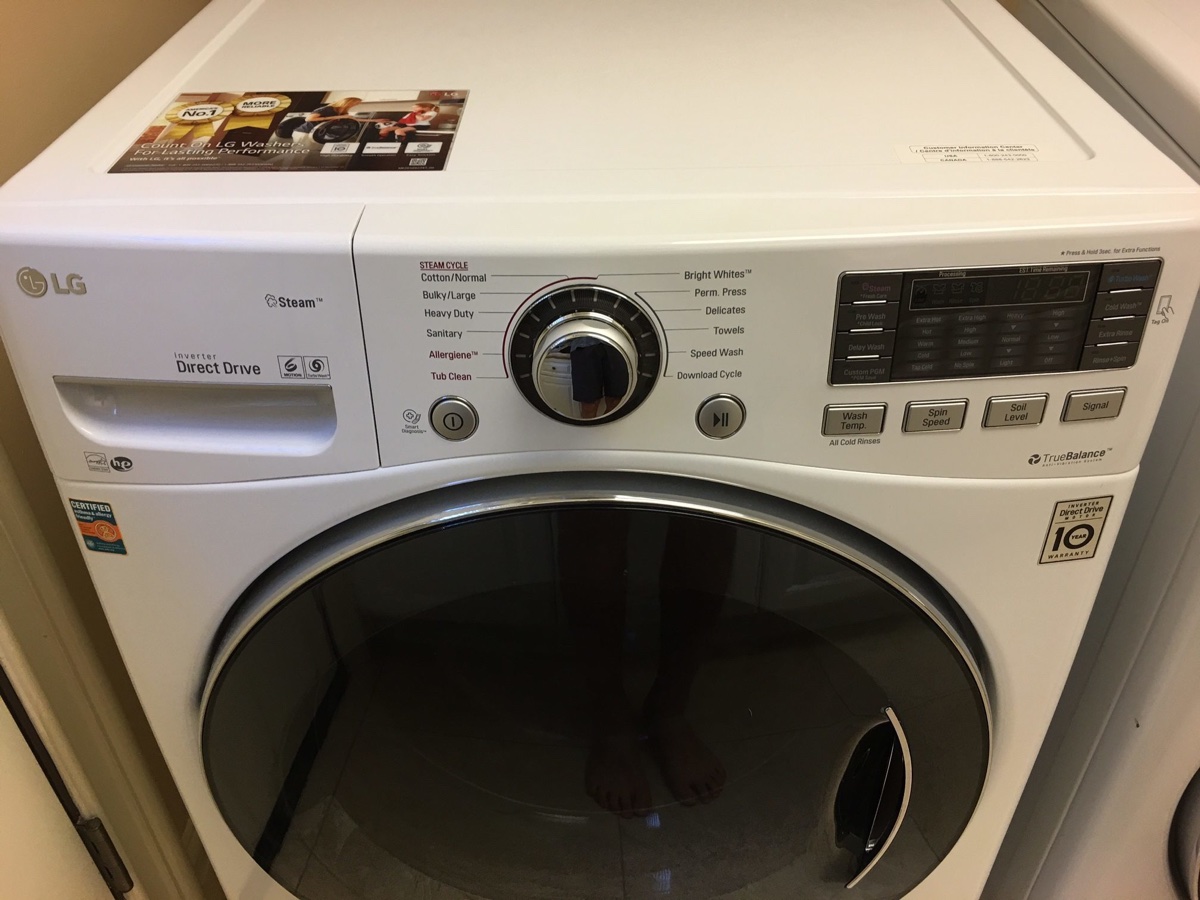

Articles
How to Get LG Washer to Drain
Modified: February 27, 2024
Discover effective methods and expert advice on troubleshooting and fixing drain issues with your LG washer in our informative articles.
(Many of the links in this article redirect to a specific reviewed product. Your purchase of these products through affiliate links helps to generate commission for Storables.com, at no extra cost. Learn more)
Introduction
Welcome to this guide on how to get your LG washer to drain properly. A washing machine that fails to drain can be quite frustrating and can disrupt your laundry routine. However, before you start panicking or considering calling a professional, there are several common issues you can check for and simple solutions you can try yourself to fix the problem.
In this article, we will go through some troubleshooting steps to help you identify and resolve drainage issues in your LG washer. We will cover checking for common problems, clearing clogs, testing the drain pump, and replacing the drain hose if necessary.
Please note that the instructions provided in this guide are specific to LG washers. If you own a different brand, the steps might vary slightly, so it’s always a good idea to consult your washer’s manual or contact the manufacturer for assistance.
Now, let’s dive into the troubleshooting process and get your LG washer back to draining efficiently.
Key Takeaways:
- Troubleshoot LG washer drainage issues by checking power supply, inspecting drain hose, clearing clogs, testing drain pump, and replacing hose if needed. Prioritize safety and consult manual for specific instructions.
- Address LG washer drainage problems with DIY troubleshooting steps. Safely clear clogs, test drain pump, and replace hose if necessary. Prioritize safety and consult manual for model-specific guidance.
Read more: How To Drain Washer
Checking for Common Issues
When your LG washer is not draining, it’s important to first check for common issues that could be causing the problem. Here are a few things you can do to identify potential causes:
- Check the power supply: Ensure that the washer is properly plugged into a functioning power outlet. A loose connection or a tripped circuit breaker could be preventing the washer from draining.
- Inspect the drain hose: Look for any kinks or bends in the drain hose. A blocked or improperly positioned hose can impede the flow of water, causing drainage problems. Straighten out any kinks and ensure that the hose is securely attached to both the washer and the drain.
- Clear the lint filter: Many LG washers have a lint filter located near the drum. Over time, lint, debris, and other foreign objects can accumulate in the filter, obstructing the drainage system. Remove the filter and clean it thoroughly to ensure proper water flow.
- Check for clogs: Inspect the drain pump and the area around it for any debris or obstructions. Sometimes small items, like coins or buttons, can get lodged in the pump, preventing the water from draining. Use a flashlight to get a clear view of the pump and remove any visible clogs.
By checking these common issues, you might be able to pinpoint the cause of the drainage problem without the need for further troubleshooting. However, if none of these issues seem to be the culprit, don’t worry. There are still additional steps you can take to resolve the problem.
Clearing Clogs
If you have checked for common issues and are still experiencing problems with your LG washer not draining, the next step is to clear any clogs that may be blocking the drainage system. Here are the steps to safely clear clogs:
- Turn off the washer: Before attempting to clear any clogs, make sure the washer is completely turned off and unplugged from the power source.
- Locate the drain pump filter: The drain pump filter is typically found at the bottom front of the washer, behind a small access panel. Remove the panel to access the filter.
- Place a towel or bucket near the filter: When you open the filter, water may begin to drain out. Prepare by placing a towel or bucket to catch any excess water.
- Slowly open the filter: Gently twist the filter counterclockwise to release it. Be cautious as water and debris may spill out.
- Inspect and clean the filter: Once the filter is removed, examine it for any debris or clogs. Use a brush or cloth to clean away any buildup that may be obstructing the flow of water.
- Check the drain pump impeller: After cleaning the filter, take a moment to inspect the drain pump impeller, which is located behind the filter. Spin it manually to ensure it isn’t jammed or obstructed by any foreign objects.
- Reinstall the filter and panel: Once you’ve cleared any clogs and inspected the impeller, reinsert the filter and securely fasten the access panel.
After following these steps, plug the washer back in and run a test cycle to see if the drainage issue has been resolved. If the problem persists, it may be necessary to move on to the next troubleshooting step.
Note: If you are unsure about accessing the drain pump or uncomfortable performing these steps yourself, it is recommended to seek assistance from a professional technician.
Check for any clogs in the drain hose or pump filter. Manually drain the washer by using the emergency drain hose located at the bottom of the machine. If the issue persists, consult the user manual for troubleshooting or contact LG customer support.
Testing the Drain Pump
If clearing clogs didn’t solve the drainage issue in your LG washer, it’s time to test the drain pump. The drain pump is responsible for removing excess water from the machine during the drain cycle. Here’s how you can test the drain pump:
- Turn off and unplug the washer: As with any maintenance task, make sure the washer is completely turned off and unplugged to ensure your safety.
- Locate the drain pump: The drain pump is usually located at the bottom of the washer, near the front or back. Consult your washer’s manual for the specific location.
- Disconnect the hoses: Depending on your specific model, you may need to disconnect the drain hose and the pump hoses to access the drain pump. Be sure to have a towel or bucket ready to catch any water that may spill out.
- Check for blockages: Inspect the hoses and the pump itself for any debris or obstructions. Clear out any clogs or items that may be preventing the pump from functioning properly.
- Test the pump with a multimeter: If there are no visible blockages and the pump appears to be in good condition, you can use a multimeter to test its functionality. Set your multimeter to the resistance (ohms) mode and place the probes on the terminals of the drain pump. If the reading is significantly different from the specified resistance range, it indicates a faulty pump that needs to be replaced.
If the pump is indeed malfunctioning, you will need to replace it with a new one. Consult your washer’s manual or contact LG for the correct replacement part and follow the manufacturer’s instructions for installation.
Testing the drain pump will help determine if it is the cause of the drainage issue or if further troubleshooting is needed.
Replacing the Drain Hose
If you’ve tried all the previous troubleshooting steps and your LG washer still isn’t draining properly, it’s possible that the drain hose itself is the culprit. Over time, the drain hose can develop leaks or become damaged, obstructing the flow of water. Here’s how you can replace the drain hose:
- Turn off and unplug the washer: As always, ensure the washer is completely turned off and unplugged for safety.
- Locate the drain hose: The drain hose is typically connected to the back of the washer and extends to a drain pipe or utility sink. Trace the hose and identify where it is connected within the machine.
- Disconnect the old hose: Depending on the type of connection, you may need to unscrew a clamp, loosen a hose clamp, or simply pull the hose off the drain pipe. Be prepared for some water to spill out when detaching the hose.
- Install the new hose: Take the new drain hose and connect it securely to the washer in the same location where the old hose was attached. Use the appropriate method for securing the hose, such as tightening a clamp or fitting it onto a connection port.
- Attach the other end of the hose: Depending on your setup, connect the other end of the new hose to the drain pipe or utility sink. Ensure it is securely fastened to prevent any leaks.
- Check for leaks: Once the new hose is installed, it is important to check for any leaks. Run a test cycle with a small amount of water and observe if any water drips or leaks from the connection points.
If you notice any leaks, double-check the connections and make any necessary adjustments. It may be necessary to replace faulty clamps or fittings to ensure a proper seal.
By replacing the drain hose, you can eliminate the possibility of a damaged or clogged hose causing the drainage problem in your LG washer.
Read more: How To Get Rid Of Old Washer And Dryer
Conclusion
Dealing with a LG washer that won’t drain can be a frustrating experience, but with the troubleshooting steps outlined in this guide, you can resolve the issue and get your washer back to optimal functionality. By checking for common issues, clearing clogs, testing the drain pump, and replacing the drain hose if necessary, you can effectively address drainage problems in your LG washer.
Remember to always prioritize safety by turning off and unplugging the washer before attempting any maintenance or repair tasks. Additionally, consult your washer’s manual or contact LG for specific instructions and guidelines tailored to your model.
If you have followed all the troubleshooting steps and are still unable to fix the drainage problem, it may be time to call in a professional technician who specializes in appliance repair. They will have the expertise and tools necessary to diagnose and resolve complex issues.
With some patience and a little bit of effort, you can overcome drainage problems in your LG washer and ensure smooth and effective performance for all your laundry needs.
Frequently Asked Questions about How To Get LG Washer To Drain
Was this page helpful?
At Storables.com, we guarantee accurate and reliable information. Our content, validated by Expert Board Contributors, is crafted following stringent Editorial Policies. We're committed to providing you with well-researched, expert-backed insights for all your informational needs.



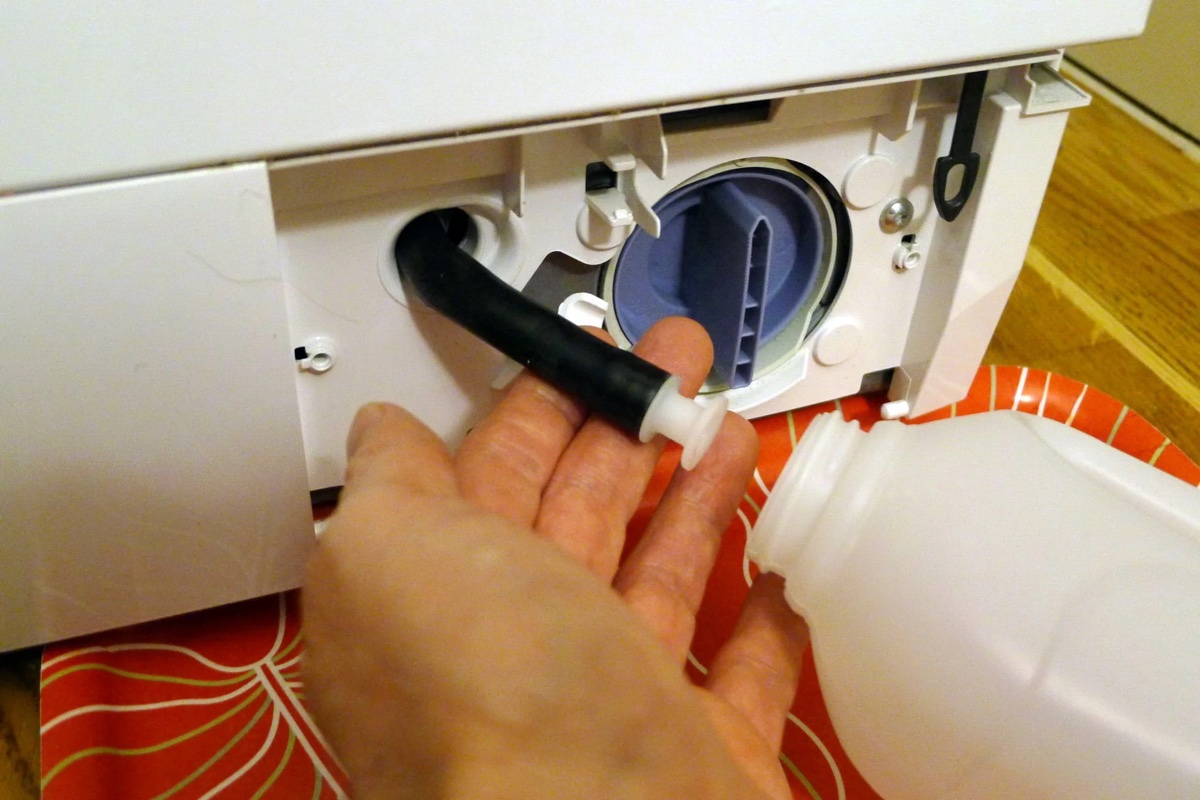
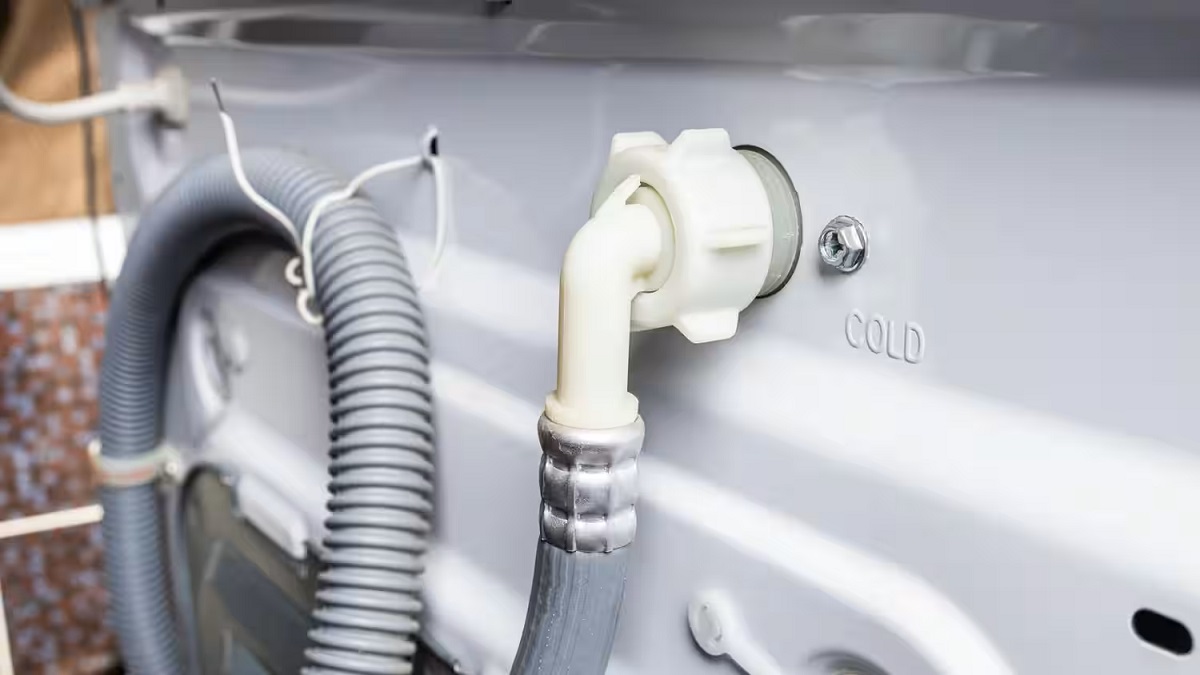
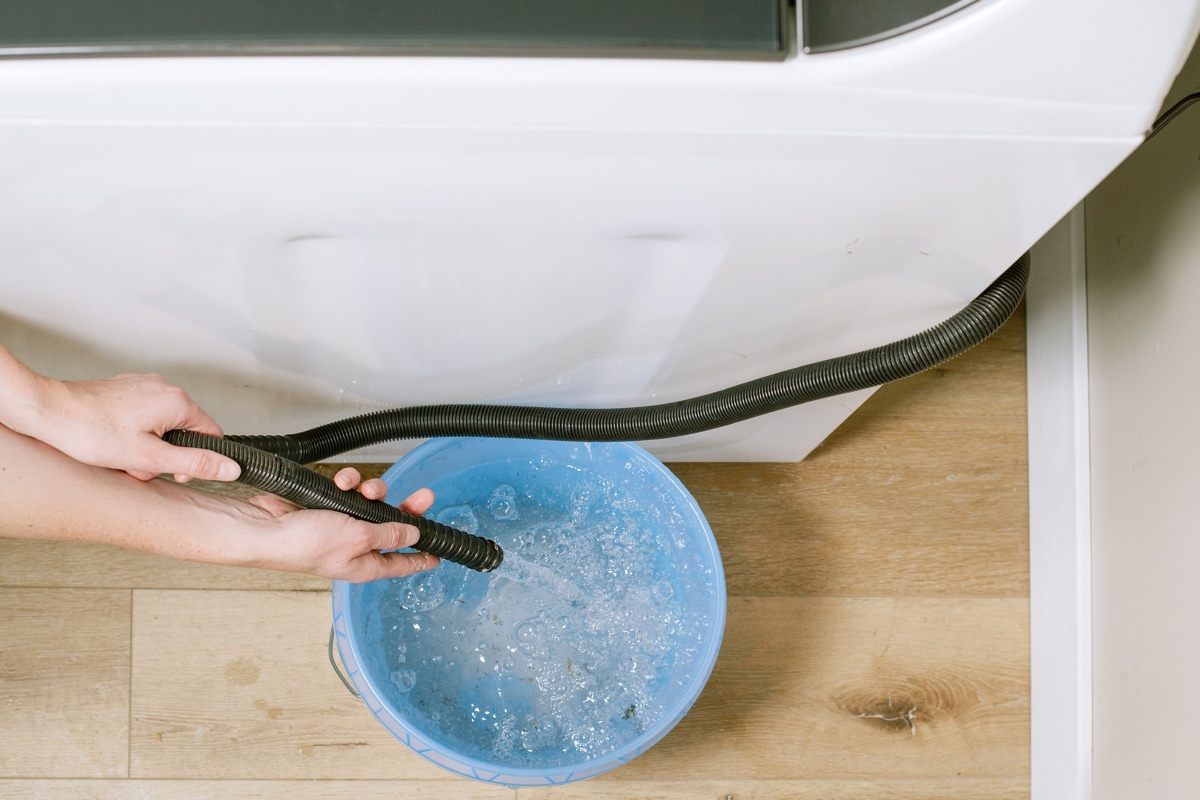
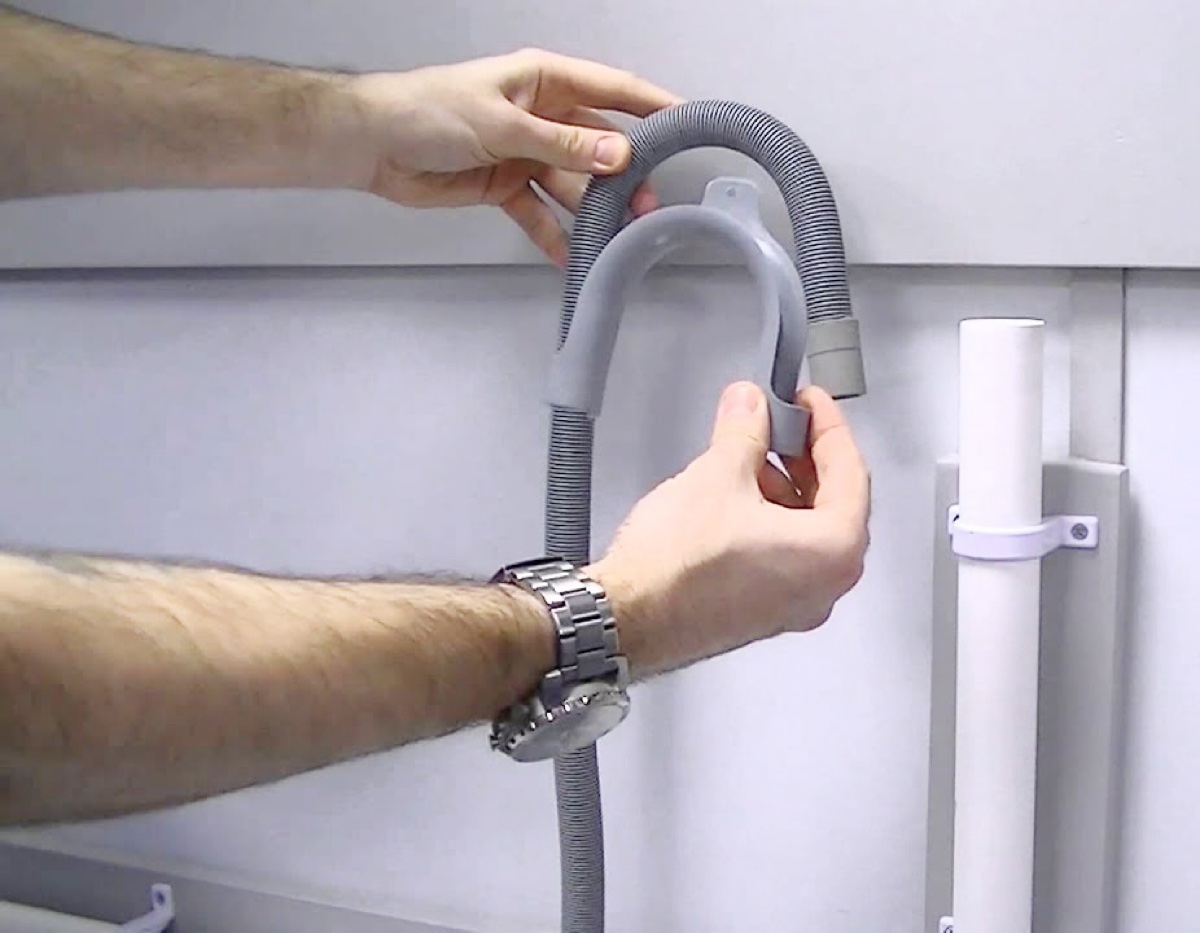

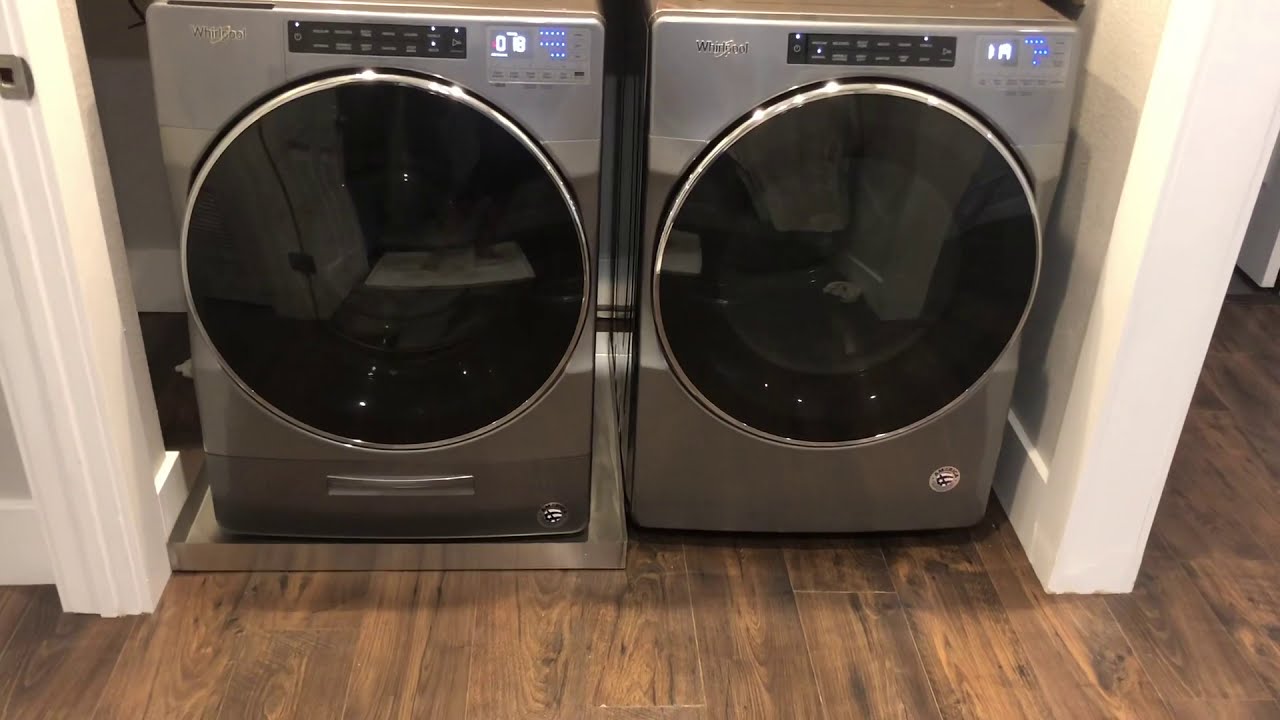
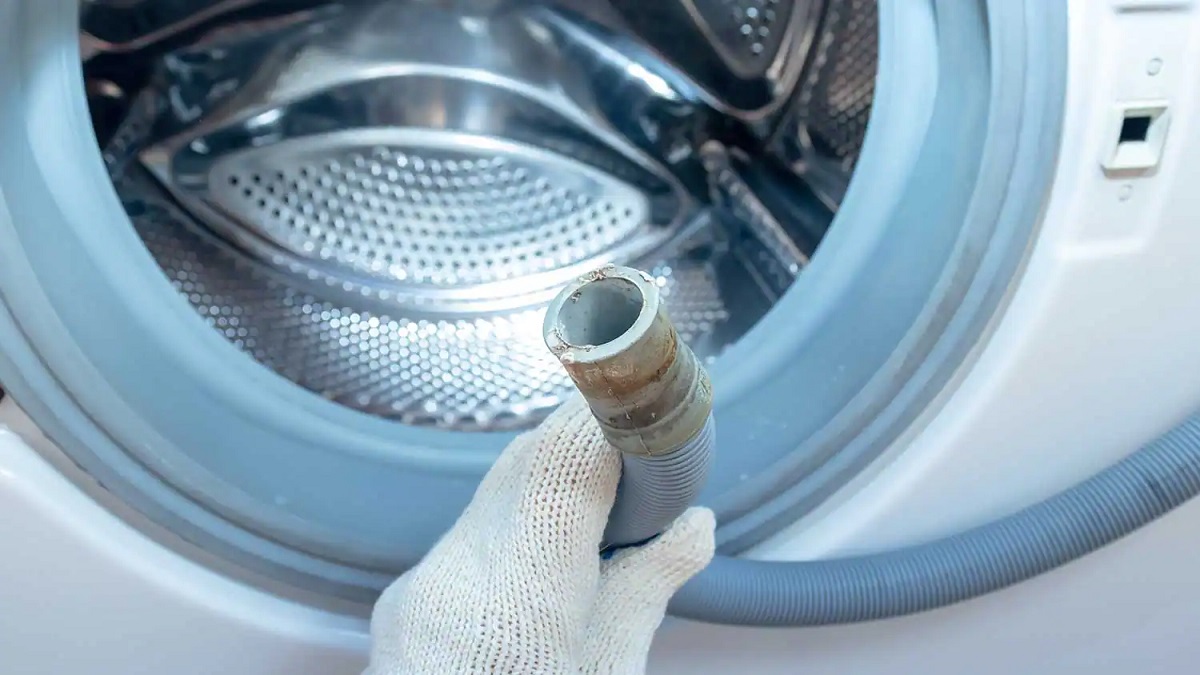
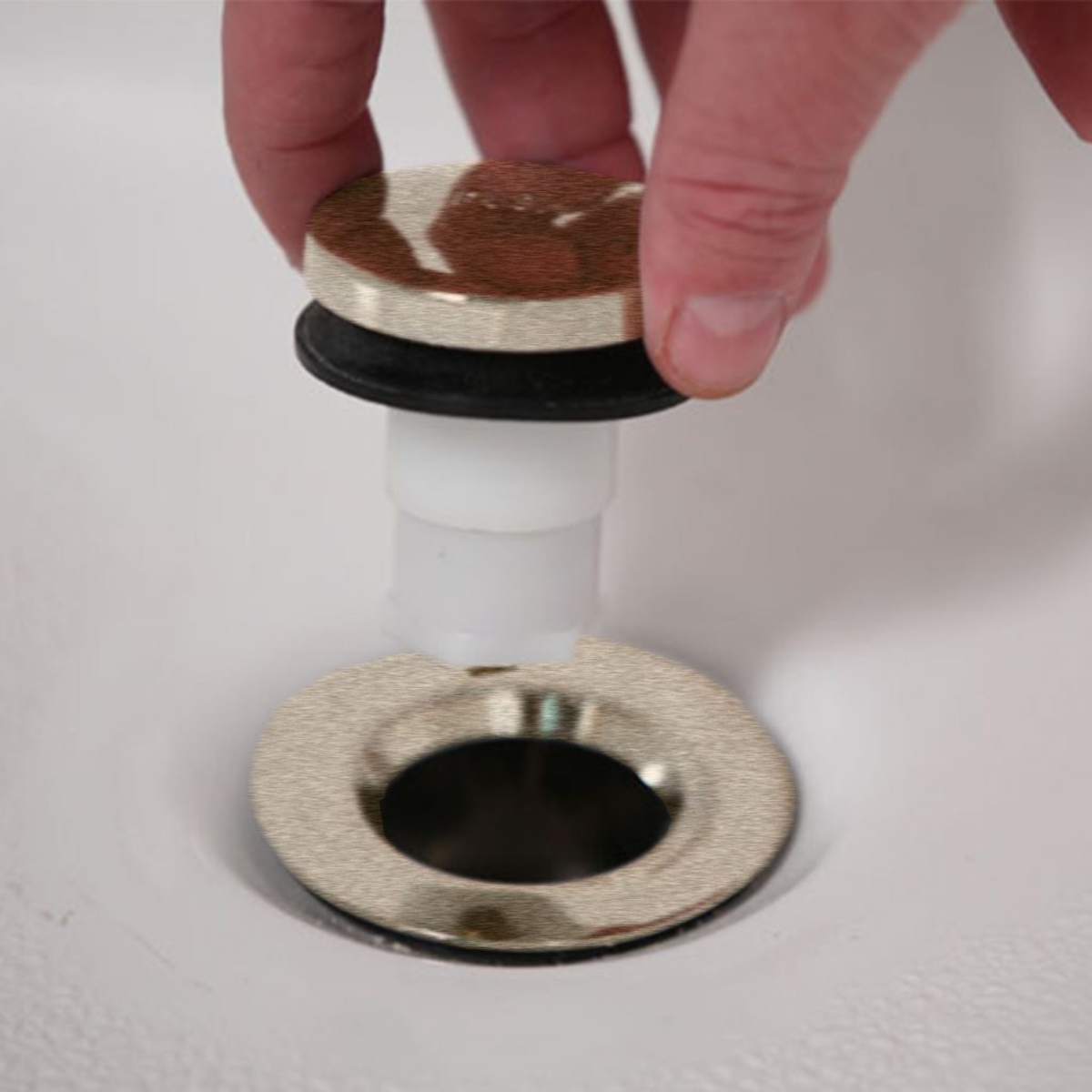
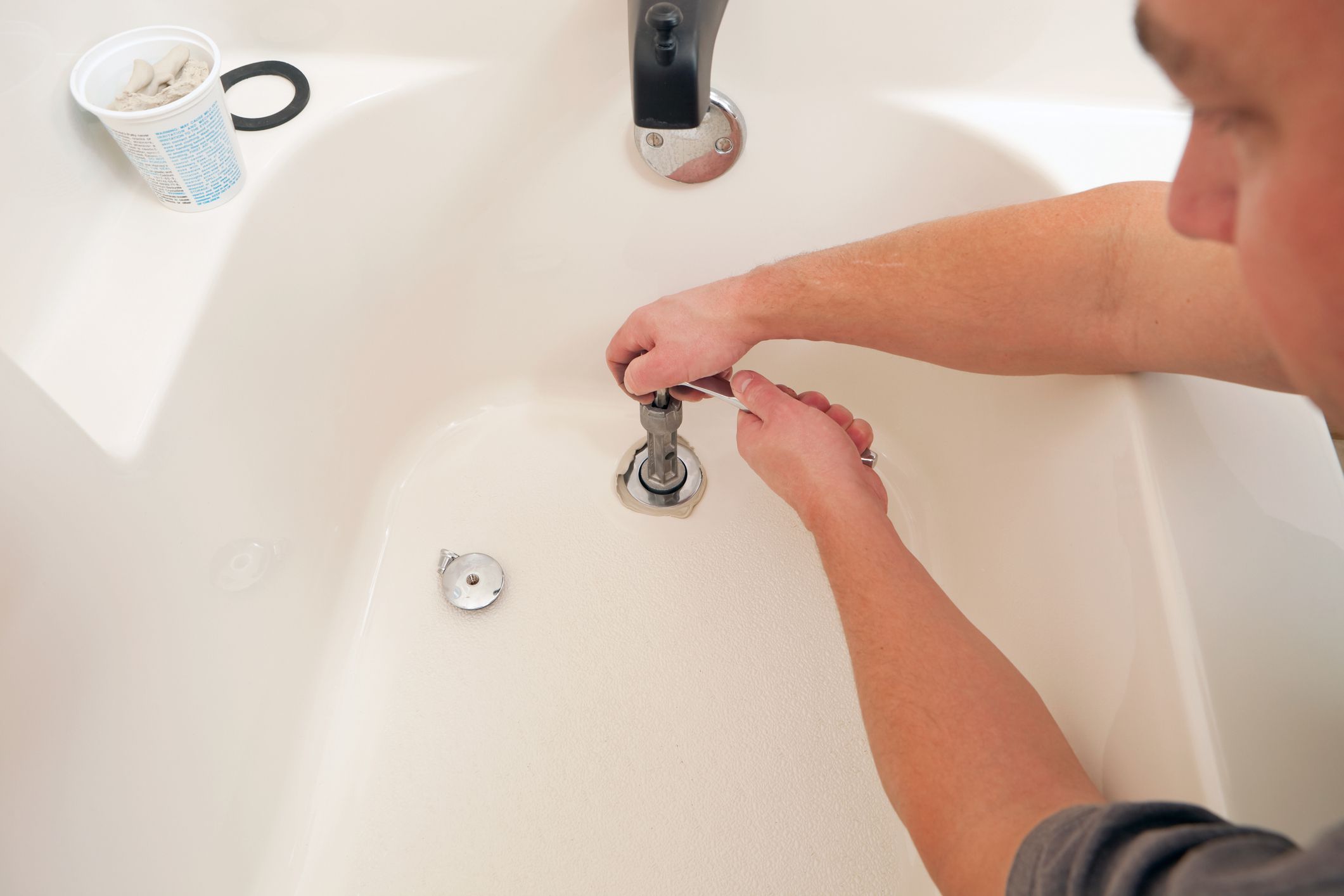
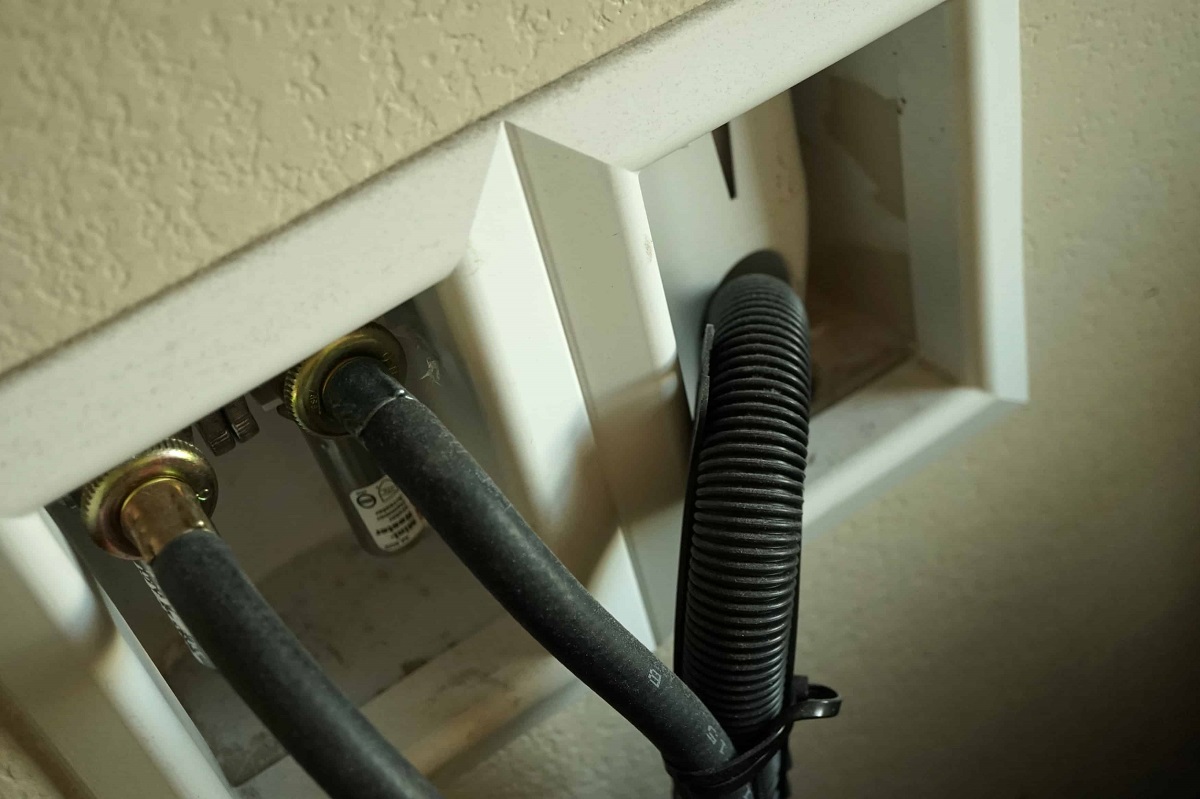
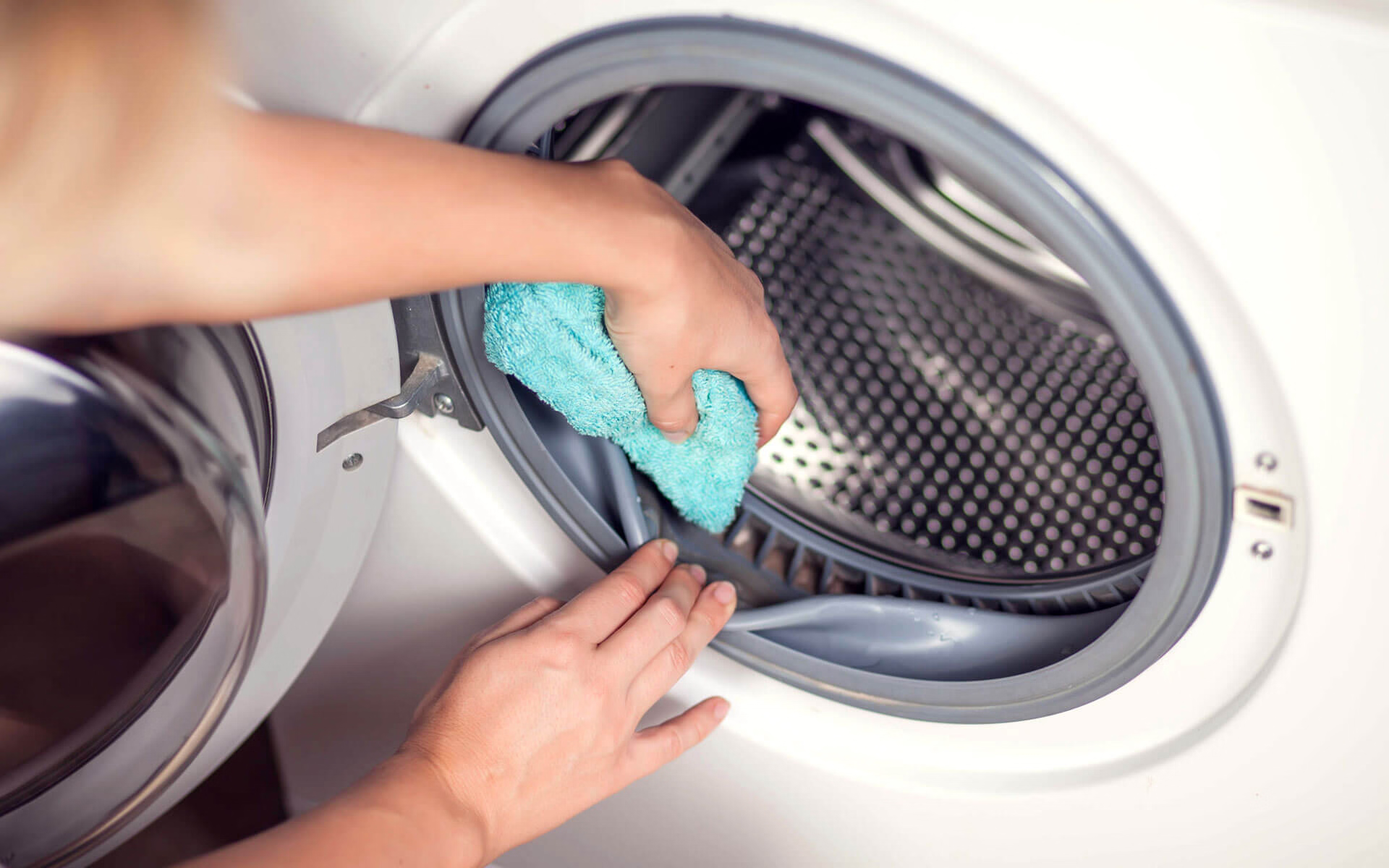

0 thoughts on “How to Get LG Washer to Drain”